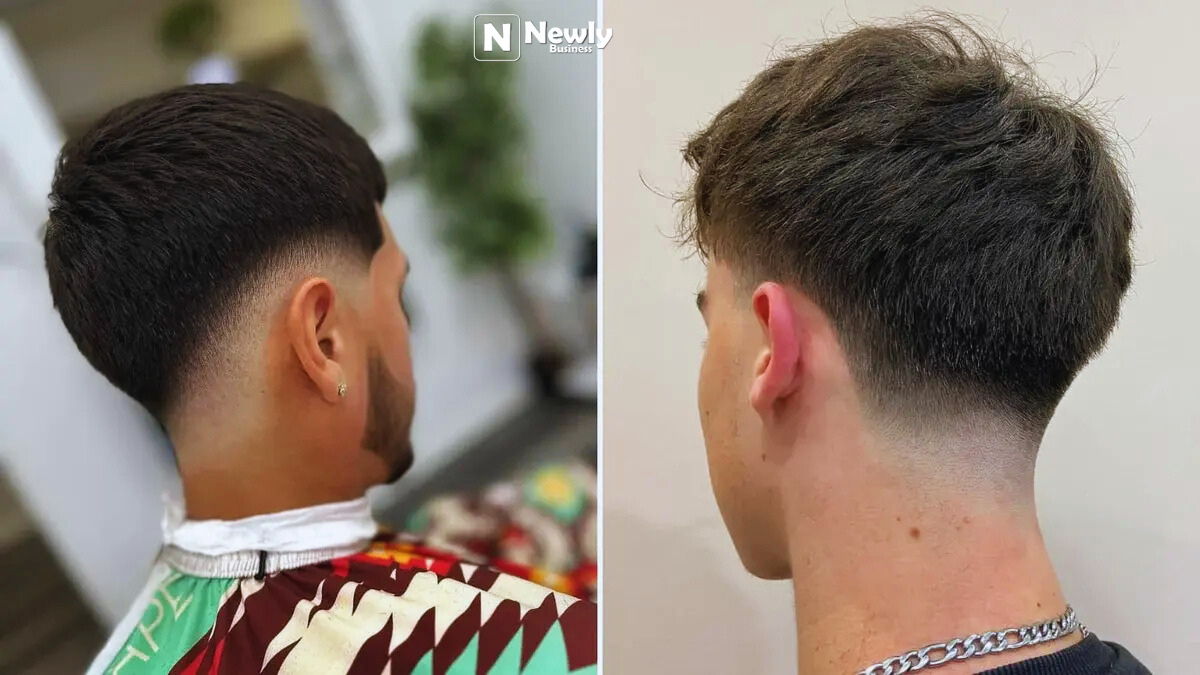The word “đeman” holds a special place in cultural language — not just as a word, but as an energy people feel and pass on. It weaves through conversations, art, stories, and even quiet moments. To truly understand its spirit, you have to look beyond literal meaning and feel the atmosphere it creates.
This guide unpacks the aura behind đeman in a casual, expert style. You’ll see how this vibe connects people to old traditions and keeps showing up in modern expressions. Think of this as a friendly chat that leaves you with a deeper sense of how something invisible can feel so alive.
Đeman and the Cultural Vibe
Đeman isn’t something you touch or see — it’s an essence you sense in places, people, and moments. For many, it hints at the spiritual presence that lingers in an old street, a haunting song, or a storyteller’s voice echoing by the fire. This subtle mystique gives đeman a timeless quality.
Locals sometimes use it to explain what makes an ordinary moment feel magical. A narrow alley lit by soft lanterns at night might have it. So might a painting that gives you chills or a melody that stays in your head long after it’s done. In these moments, đeman feels like an old friend reminding you the world holds secrets under the surface.
Understanding Đeman’s Modern Spirit
Today, đeman slips easily into street talk, poetry, and social media. Young artists and musicians sprinkle it in captions to show their work has a raw energy that words alone can’t hold. It’s an instant shortcut to say, this has a vibe you can’t explain, but you’ll feel it.
In the digital age, people crave what feels real. Đeman represents that unpolished edge — the tiny imperfections that make an image, place, or person stand out. When someone says this track has đeman, they mean it’s alive in a way that polished trends often aren’t.
The Relevance of Đeman in Everyday Life
What keeps this spirit alive is how easily it blends into daily language. In a loud world, đeman reminds us of the quiet moments — the late-night street humming with mystery, the old café corner that feels like it remembers a thousand stories. It’s a reminder to pause and notice what makes a place or moment breathe.
Friends often use this word casually — this café has that vibe, that alleyway has an energy. Even if someone doesn’t say “đeman” out loud, the idea lives in how they talk about atmosphere. It’s not about labels; it’s about the presence we feel but rarely name.
Spiritual Undercurrents Behind the Word
There’s also a deeper layer that ties đeman to the unseen. Some communities link it to ancestral spirits or protective energies that hover around people and places. This side isn’t about fear — it’s about respect. Đeman reminds people that the world isn’t only what we see.
In music and storytelling, this spiritual thread often shapes performances. Folk musicians, dancers, and poets tap into this unseen vibe to transform a simple show into something that touches the heart. That’s why an old ballad sung in a quiet room can feel charged with more than just sound.

Art and the Đeman Effect
Great art often carries an emotional weight that draws people in. That weight — the vibe you can’t name — is where đeman lives. A painting might look simple on the surface but feel like it has secrets in its brushstrokes. A photo might show an empty street, yet feel alive with stories.
Photographers and street artists chase this essence. They wait for the right moment — when the light hits, when a shadow crosses, when a stranger pauses just so — and capture an image that carries an invisible pulse. Viewers stop scrolling, drawn in by something they can’t fully explain.
Everyday Places With a Spirit
Đeman doesn’t only belong to art. It’s alive in dusty libraries, old houses, abandoned factories. It’s in narrow alleys where streetlights flicker and trees whisper with the wind. People love these places because they remind us the world can still surprise us if we look closer.
This hidden mystique makes ordinary places feel sacred in a small way. Locals know which streets have it, which bars feel like secret worlds. They might not say this place has đeman out loud every time, but they know it when they feel it — and that shared knowing keeps the feeling alive.
Why Creators Love the Vibe
Young creatives latch onto this spirit because it matches how they want their work to feel — honest, raw, a little rough around the edges. In a world of staged perfection, đeman represents truth. It says: Here’s a piece of my world, flawed but real.
From TikTok poets to underground musicians, many use this vibe as a signature. They might capture a street’s faded walls, a lonely train ride, a song recorded in one messy take — all to keep the atmosphere real. Đeman becomes a stamp of authenticity they’re proud to wear.
Capturing Essence Through Photography
Photography might be the purest way to freeze a moment’s unseen vibe. A skilled photographer knows when a street corner, old staircase, or foggy field has the right aura. They don’t rush; they wait until the feeling settles in the frame.
When people look at these photos, they often pause because they sense the emotional undercurrent. It’s not just what they see — it’s what they feel hovering behind the image. That quiet thrill is the spirit this word points to, reminding us pictures can breathe if we let them.
Embracing It in Your Daily Routine
It’s not hard to invite this vibe into your life. You don’t need an old town or haunted castle — just slow down and notice. Watch how morning sunlight fills your kitchen. Listen to the hush of the street before dawn. Linger in places that feel heavy with memories.
Once you start paying attention, you’ll see how small moments glow with an energy people often rush past. Call it đeman or something else — the point is to feel it. The more you honor that subtle presence, the more you carry it with you.
FAQs About Đeman
What does đeman really mean?
There’s no single English word for it. Đeman is about an unseen vibe or energy — a mix of mystery, spirit, and emotional depth people sense in places, art, or moments.
Is it only spiritual?
Not always. While it has roots in folk beliefs and unseen spirits, many people use it casually now to talk about places or art with an unforgettable atmosphere.
How do artists use it?
Artists chase this vibe because it adds soul to their work. A painting, song, or photo with this essence feels alive, pulling people in beyond the obvious.
Can I use the word casually?
Definitely! Many people say this place has đeman or this track has that vibe. It’s a fun way to share how a moment or thing makes you feel.
How can I capture it myself?
Slow down, look closer, and trust your gut. If a place, moment, or piece of art makes you feel something you can’t name, that’s the vibe people call đeman.
Conclusion
Đeman reminds us the world holds layers we can’t see but can feel. It’s the soft heartbeat behind a dusty street, the echo in an old song, the hush before dawn. For artists, dreamers, and anyone who wants more than surface beauty, it’s a compass pointing to what’s real.
By using this word — or its spirit — you stay connected to moments that matter. In a noisy, polished world, that’s a quiet rebellion worth holding close.



